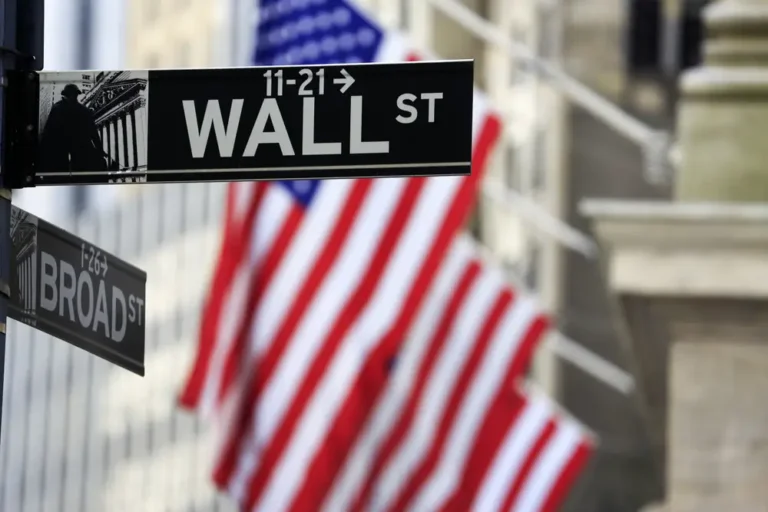What Cedar Fair-Six Flags $8 billion merger means for California theme parks

Cedar Fair, the owner of Knott’s Berry Farm, and Six Flags, the owner of Magic Mountain, have agreed to a $8 billion merger of equals that will combine the two companies into a North American amusement park juggernaut.
Long-time theme park fans who are concerned about a Cedar Fair-Six Flags merger can take comfort in the fact that Cedar Fair will handle operations even if the Six Flags name will be slapped on every park in the expanded theme park chain.
Cedar Fair, the owner of Knott’s Berry Farm, and Six Flags, the owner of Magic Mountain, agreed on Thursday, Nov. 2, to a $8 billion merger of equals that will combine the two companies into a North American amusement park juggernaut.
When the deal is completed, the combined company will be known as Six Flags.
That’s correct. You’ll have to get used to pronouncing Six Flags Knott’s Berry Farm. Or Six Flags Magic Mountain. Or Six Flags Over Georgia’s Knott’s Berry Farm. Or some other catchy name with Six Flags branding. One of the most important benefits Cedar Fair receives from the deal is Six Flags’ national brand recognition.
Cedar Fair and Six Flags will have a combined portfolio of 27 amusement parks and 15 water parks in the United States, Canada, and Mexico, with 48 million visitors in the previous year.
The Cedar Fair-Six Flags merger’s expanded footprint will only have overlapping parks in two key markets: Southern California and the San Francisco Bay Area.
What’s good for Knott’s and Magic Mountain? According to the Cedar Fair-Six Flags announcement, the year-round parks in Buena Park and Valencia are expected to reduce the seasonal impact that contributes to earnings volatility.
The overlap in Northern California will be temporary. Cedar Fair has sold California’s Great America, and the park will close within a decade or less, leaving only Six Flags Discovery Kingdom in the Bay Area market.
On a conference call with investors, Cedar Fair CEO Richard Zimmerman stated that there are no plans to close any of the parks as a result of the merger.
“These are irreplaceable assets,” Zimmerman said during the conference call. “How do you grow if you shrink your portfolio?”
According to Theme Park Insider, the new company’s biggest challenge will be to break into the Southern California market.
“In the L.A. market, ‘Six Flags’ means Magic Mountain,” Theme Park Insider reports. “Slapping the Six Flags brand on Knott’s Berry Farm only would cause confusion.”
It makes no sense to close either Knott’s or Magic Mountain, but it does make sense to capitalize on their potential synergies.
According to the TEA/AECOM annual report, Knott’s Berry Farm (3.9 million) and Six Flags Magic Mountain (3 million) are both among the Top 20 North American amusement parks in terms of annual visitors.
Knott’s and Magic Mountain have some fans in common, but they are located on opposite sides of the Los Angeles metropolitan area. Southern California is home to seven theme parks, with Cedar Fair and Six Flags locations coexisting and competing for decades.
There are numerous distinctions between the two parks. Knott’s Berry Farm has long been regarded as one of America’s oldest theme parks, with themed lands reminiscent of Disneyland. Magic Mountain is a “steel park” with more roller coasters than any other amusement park on the planet.
According to Theme Park Insider, the shared Southern California market allows the new company to leave Knott’s Berry Farm without the Six Flags branding, as well as the well-established Knott’s Scary Farm and Knott’s Merry Farm events.
The combined companies intend to invest in new rides and give season passholders more access.
A season pass combination for Knott’s and Magic Mountain could boost sales and help introduce the two audiences to each other.
A deluxe pass valid across the entire 27-park chain could grant access to Cedar Fair’s crown jewels in Southern California (Knott’s) and Ohio (Cedar Point and Kings Island), as well as Six Flags’ largest parks in Los Angeles (Magic Mountain), Chicago (Great America), and New York/New Jersey (Great Adventure).
The combined company will own three intellectual property brands: DC Comics, Looney Tunes, and Peanuts, which can be used to create theme parks and attractions.
The DC Comics superhero lineup could allow Knott’s and Cedar Fair to compete on a themed attraction level with Disneyland’s and Universal Studios Orlando’s Marvel superhero rides.
According to Dennis Speigel, an industry expert with International Theme Park Services, the deal is a “win-win” for both chains and will result in the world’s largest regional theme park company.
“It would give them complete dominance in the regional theme park market in the United States,” Cleveland.com‘s Speigel said. “This acquisition strengthens Six Flags. And I don’t think it takes anything away from Cedar Fair.”
The merger of equals appears to be skewed in Cedar Fair’s favor.
Cedar Fair will oversee the merged company’s day-to-day park operations.
The combined company will be headquartered in Charlotte, North Carolina, with finance and administrative operations based at Cedar Fair’s flagship theme park in Sandusky, Ohio.
In the combined company, Zimmerman and CFO Brian Witherow will hold the same positions.
“I have great respect for the Six Flags team and look forward to joining forces as we embark on this next chapter together,” Zimmerman said in a release from Cedar Fair.
Six Flags CEO Selim Bassoul is named Chairman of the Board, and Six Flags CFO Gary Mick is named Chief Integration Officer.
Both companies’ boards of directors have already unanimously approved the merger. The new board of directors will have six seats for each company.
Shareholders of Cedar Fair will own 51.2% of the merged company.
After Six Flags shareholders approve the deal, the merger is expected to close in early 2024. The deal does not require approval from Cedar Fair unitholders.
Cuts are expected wherever there is a duplication of roles, as with any merger.
According to the Cedar Fair-Six Flags announcement, administrative and operational synergies will result in $120 million in cost savings within the first two years of the merger.






